5 IUI Cycles, 5 Miscarriages, 2 Failed IVF Cycles and Finally 1 Little Miracle
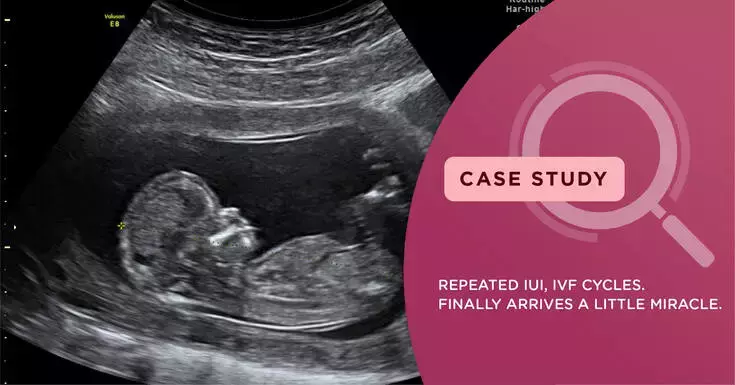
The recurrent IVF failure case of 33-yr-old Mrs X was one of the most unfathomable cases Nova IVF Fertility has ever come across. In October 2017, Mrs X visited Dr. Y Swapna at Nova IVF Fertility, Vijayawada with a decade-long history of secondary infertility riddled with miscarriages, IUI failures and IVF failures.
History of the Couple’s Fertility Journey
2010: Both the partners were deemed healthy and the husband’s semen analysis results were normal. Mrs. X had regular cycles and managed to conceived naturally twice, but one of the instances resulted in a miscarriage while the other pregnancy had to be terminated, much to the disappointment of the couple.
2012: They decided to seek medical help and opted for Intrauterine Insemination (IUI). Sadly, both the IUI cycles they underwent failed.
- IUI: A low-risk, minimally invasive procedure that involves the direct placement of washed healthy sperm in the uterus of the female partner at the time of ovulation. IUI gives the sperm a boost and helps fast-track fertilization by inserting multiple, healthy sperm in proximity to the egg. IUI has an average success rate of 15% and may require multiple attempts to ensure better chances of success (a maximum of three cycles).
2013: As their first two IUI cycles did not pan out according to plan, the couple decided to try Laparoscopy to detect any underlying issues in Mrs X’s reproductive system—she was diagnosed with a right tubal block (block in the right fallopian tube). She also underwent Ovarian Drilling, a procedure often performed in women with PCOS to increase their chances of conceiving. But all was in vain as the couple faced two more failed IUI cycles and yet another miscarriage.
- Laparoscopy: Laparoscopy is a surgical diagnostic procedure that allows doctors to examine a woman’s reproductive organs in real-time, using an illuminated instrument called ‘laparoscope’. It is a minimally invasive procedure that requires small incisions in the abdomen and is often recommended by fertility experts to assess causes of infertility.
- Ovarian Drilling: Ovarian drilling is another minimally invasive procedure that involves the laparoscope and refined tools which are inserted through small incisions in the abdomen, to make tiny holes in the ovaries. This helps cut down the testosterone levels in the ovaries and restores a woman’s menstrual cycle, which in turn, facilitates ovulation.
2014: The couple received further unfavourable news in December when Mrs X was diagnosed with uterine adhesions covering her ostium (the opening of the uterus into the fallopian tubes) and an unhealthy endometrium (uterine lining). Fortunately, her TB PCR test (performed to detect genital tuberculosis) came back negative.
2015: Determined not to give up, the couple underwent their first IVF cycle, which led to the transfer of three fresh embryos, followed by a positive pregnancy result. But their hopes were shattered with the heartbreaking news of a miscarriage that soon followed. They gave it another shot with the transfer of four frozen embryos and got a positive pregnancy result, but disappointment ensued in the form of another miscarriage.
In November 2015, the couple had their second shot at IVF and the embryos from the cycle were cryopreserved. Prior to the frozen embryo transfer, Mrs X underwent a Hysteroscopy and endometrial scratch to ensure that her uterus was ready for implantation.
- Hysteroscopy: Hysteroscopy is a procedure that allows doctors to inspect the uterus in order to detect causes of internal bleeding. It is performed using a thin, illuminated tube called the “hysteroscope”, which is inserted into the vagina.
- Endometrial Scratch: Endometrial scratch is a technique in which the doctor creates a superficially wound in the endometrium to improve its receptivity—this procedure might enhance the ability of the embryo to implant in the uterus after IVF.
Though the Beta hCG (pregnancy test) was positive, the fetus was detected to have multicystic kidneys, leading to Intrauterine Fetal Death (IUFD) in the ninth month. The couple was devastated beyond imagination and lost hope in the centre they were being treated at, especially since they did not have a family history of genetic disorders—their Karyotyping results were normal.
- Karyotyping: Karyotyping is a procedure that tests couples for chromosome abnormality, especially if they have faced recurrent miscarriages. The term “karyotype” refers to a picture of a person’s chromosomes.
2017: The couple visited Dr. Y Swapna of Nova IVF Fertility, Vijayawada as their last resort. After an in-depth analysis of their confounding case, she recommended a full thrombophilia screening to check for levels of Antiphospholipid antibodies, Protein S and Anti-thrombin.
- Thrombophilia screening: Thrombophilia screening is a series of tests that can provide evidence of genetic deficiencies of the natural anticoagulants in the body— substances that prevent blood from clotting.
As the initial screening result came out abnormal, the couple was asked to repeat the tests—this time, the results came out normal.
The Light At The End Of The Tunnel: ICSI
In March 2018, the couple decided to undergo ICSI—their final attempt at a second chance of parenthood.
- Intra Cytoplasmic Sperm Injection (ICSI): ICSI involves injecting a single, healthy sperm into an egg using a fine glass needle. This procedure helps overcome the limitations faced in unconventional IVF regarding poor egg quality or semen samples.
The couple had put all their trust in Team Nova and every single one o f our doctors and staff was rooting for them to succeed. 2 fresh embryos (blasocysts0 were transferred to Mrs X’s uterus and Beta hCG test that was taken after two weeks came out positive.
Finally, a healthy baby girl was born after nine months of a safe and uneventful pregnancy. Additionally, the couple has five more Day 5 embryos cryopreserved, in case they want to conceive again in the future.
There Is Always Hope; Even in Hopelessness
Mrs. X and her husband were a true inspiration to Nova IVF Fertility. They proved to us the lengths some aspirant parents are willing to go, so they can bring a little piece of themselves into this world. Nothing could deter them from their pursuit of parenthood, not even five miscarriages, five failed IUI cycles, two failed IVF cycles and a heart wrenching IUFD.
It’s success stories like this which remind us of our true purpose—spreading hope to those who think parenthood is an impossible dream.
Don’t give up yet. Your miracle is waiting to happen.
 Infertility Counselling
Infertility Counselling Female Infertility Treatment
Female Infertility Treatment Andrology Treatment
Andrology Treatment Fertility Enhancing Surgeries - Female
Fertility Enhancing Surgeries - Female Fertility Enhancing Surgeries - Male
Fertility Enhancing Surgeries - Male Endoscopy Treatment
Endoscopy Treatment IUI Treatment
IUI Treatment IVF Treatment
IVF Treatment ICSI Treatment
ICSI Treatment Advanced IVF Solutions
Advanced IVF Solutions Embryology
Embryology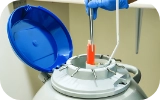 Vitrification Egg, Embryo, Sperm Freezing
Vitrification Egg, Embryo, Sperm Freezing Preimplantation Genetic Testing (PGT)
Preimplantation Genetic Testing (PGT) Donation Program Embryo / Egg / Sperm
Donation Program Embryo / Egg / Sperm




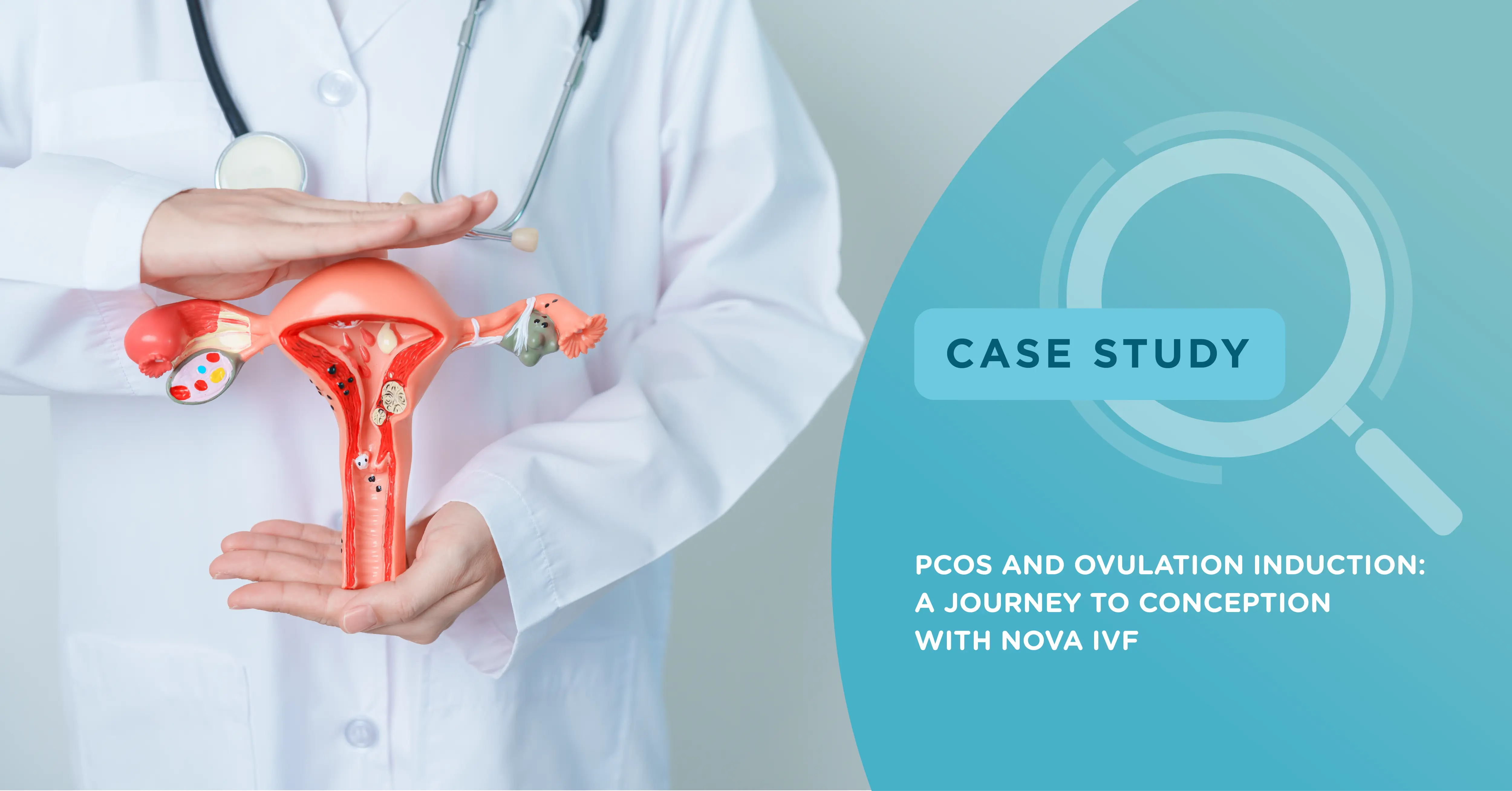

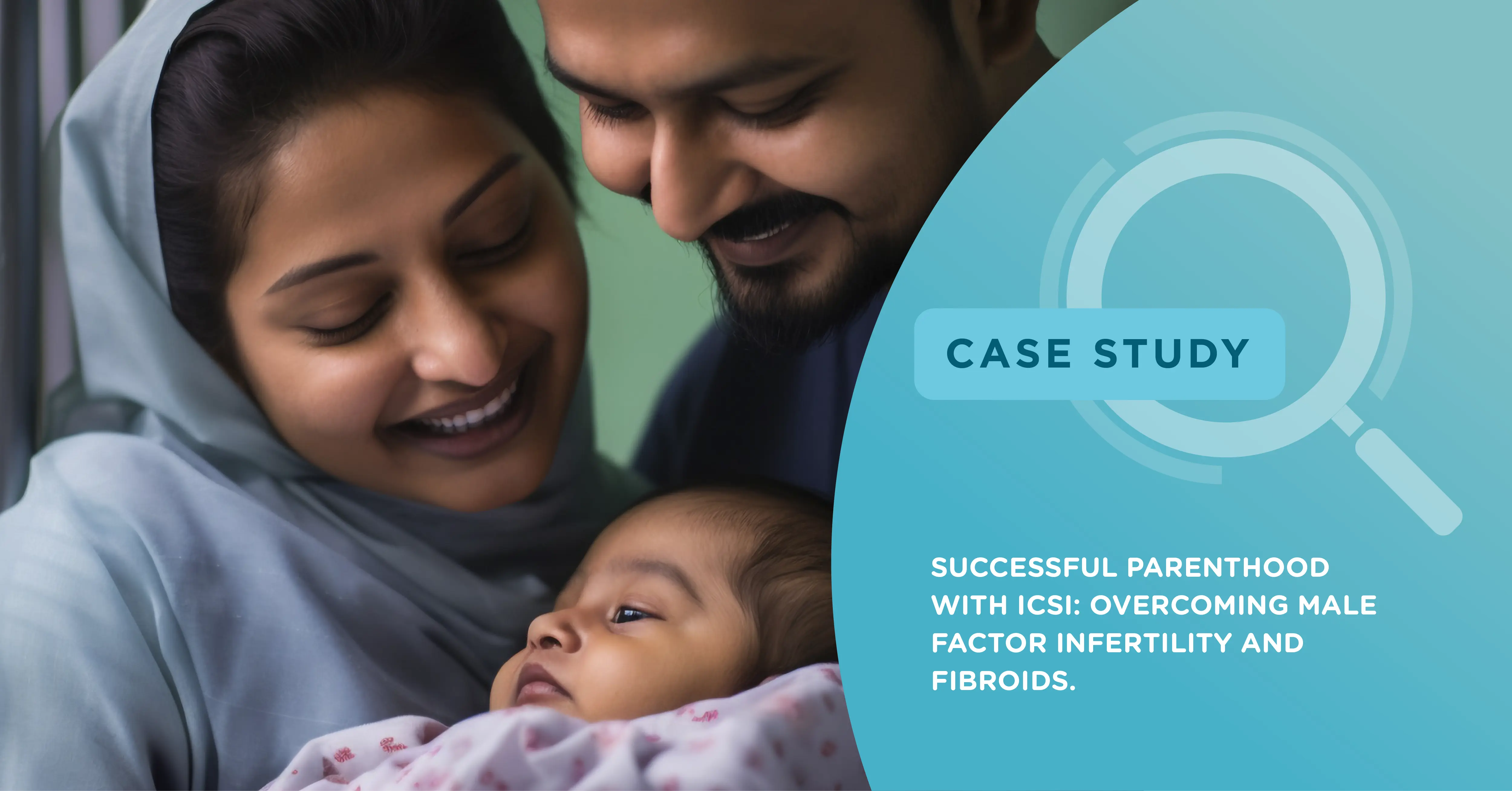
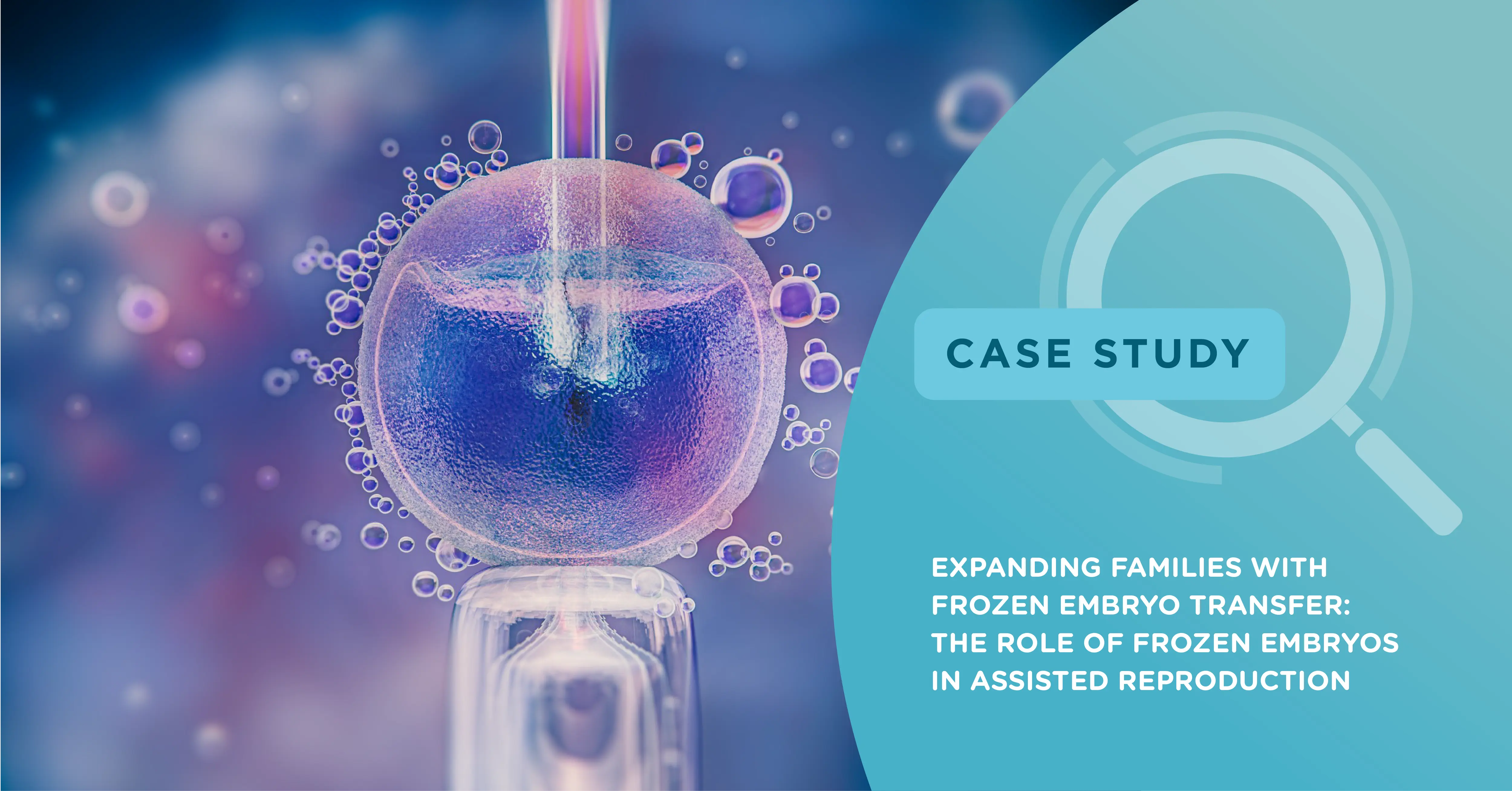

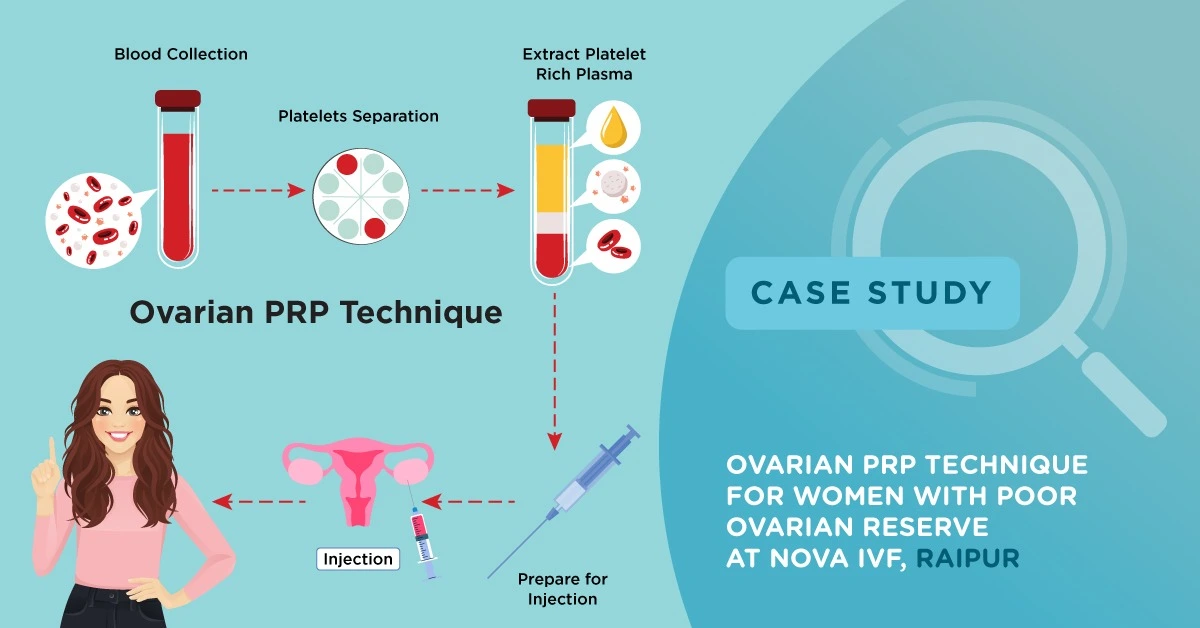
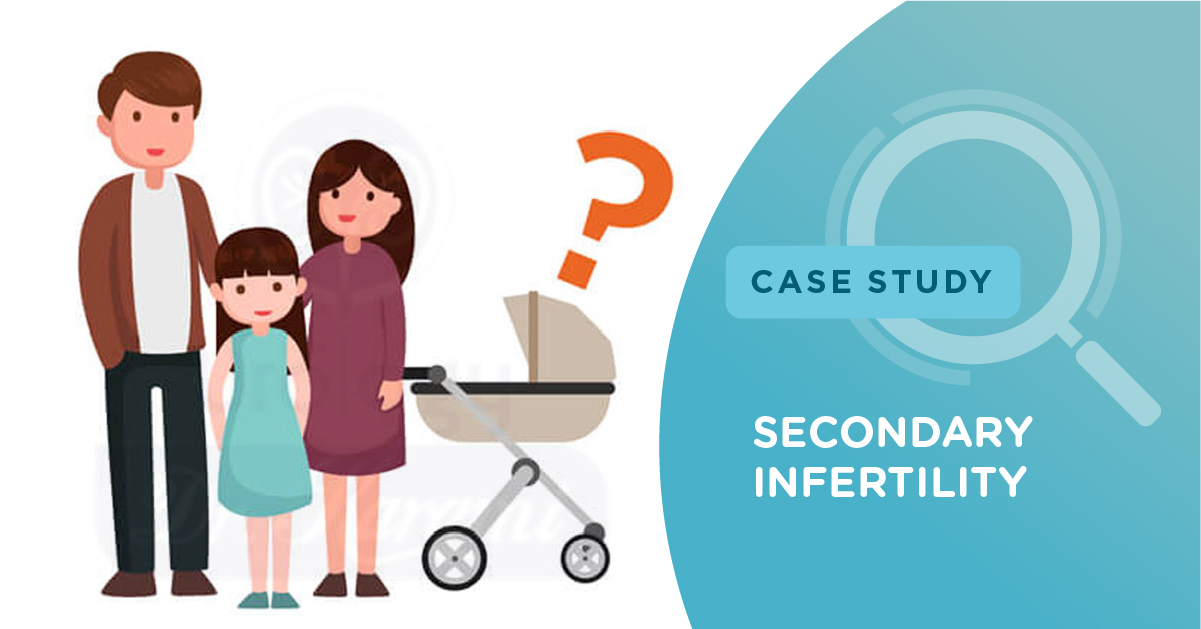
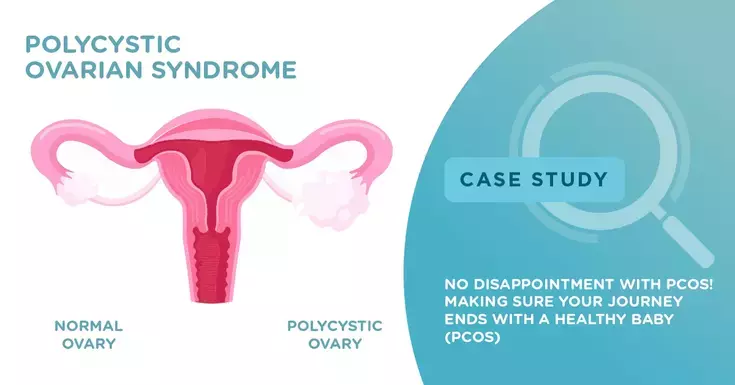






Add new comment